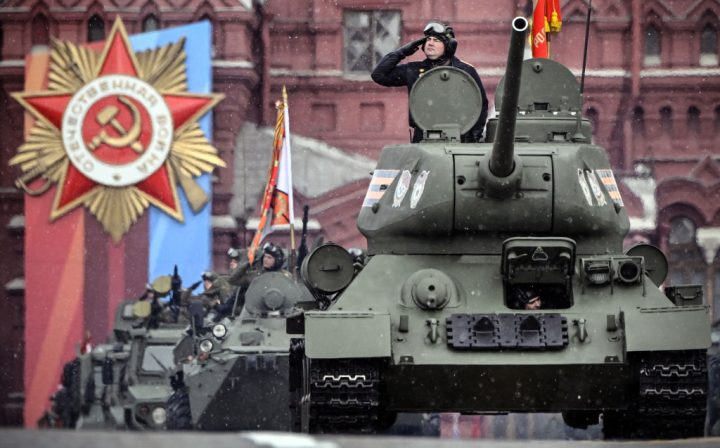The leaders of the European Union can give themselves a pat on the back. They have, on the face of it, delivered on a promise made following Vladimir Putin’s invasion of Ukraine to end the export of European goods, machinery and parts critical to Russia’s war effort. Yet things are not quite as straightforward as they seem.
Exports from the bloc to Russia in June plummeted to a mere €2.4 billion (£2 billion) – a third of the €7.5 billion (£6.3 billion) shipped during the last peacetime June of 2021 before the war, according to data from the EU’s statistical body Eurostat. The figure for June this year is the lowest since January 2003 and just a notch higher than the absolute minimum of January 2002 when Russia’s ascent to wealth had only just started. Two and half years into the war, the EU can boast that the total volume of exports to Putin’s Russia has not only almost declined to levels last seen during Putin’s first term as president over 20 years ago, but has also fallen to almost zero for some vital products, such as aeroplane parts, microchips and navigation equipment.
It’s unwise to even hint at the possibility of producing a whole, watertight sanctions regime
Yet somehow Russia continues to use Western-made materials in its arms production.







Comments
Join the debate for just $5 for 3 months
Be part of the conversation with other Spectator readers by getting your first three months for $5.
UNLOCK ACCESS Just $5 for 3 monthsAlready a subscriber? Log in